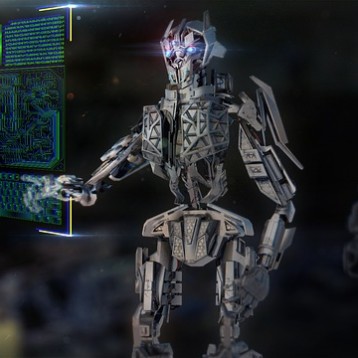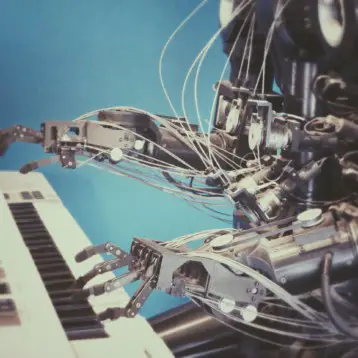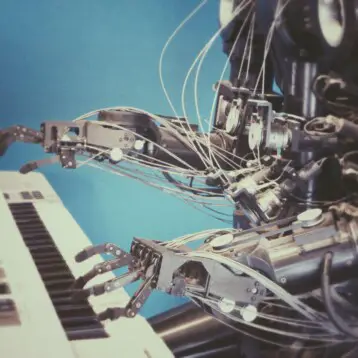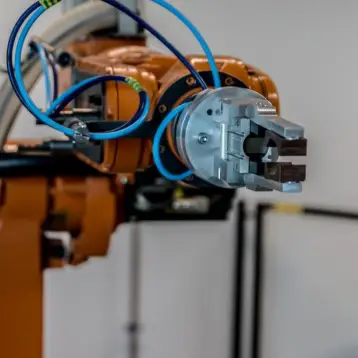Seiko Epson Corporation has developed a “microrobot” named FR-II. The robot is the successor to the original FR, which used to be the world’s smallest and lightest micro-flying robot; the newer version includes Bluetooth wireless control and independent flight capability.
With height of 85mm and width of 136mm the FR-II can almost fit in one’s pocket. Its weight is minimal as well – excluding battery, it is only 12.3 grams. The FR-II is based on the former FR model, which suffered from a limited flying range due to the length of the power cord attaching it to an external battery and that although it was controlled by radio, the operator had to maintain the robot in sight. Consequently, Seiko Epson decided to develop a fully wireless robot with independent flight capability, thus eliminating two of the major drawbacks the FR had.
Several issues tackled the development process; the major one was the complex challenge of combining the lighter weight body with greater dynamic lift. The solution was found in the form of the world’s smallest and lightest gyro-sensor, new at that time. It was a mere one-fifth the weight of its predecessor. Furthermore, dynamic lift was boosted by 30%, thanks to the introduction of more powerful ultra-thin ultrasonic motors and newly designed, optimally shaped main rotors.
In order to deal with the challenge of independent flight, Epson improved two critical elements. The first was the linear actuator; a better one was developed, with faster response time and a high-precision attitude control mechanism. The second is flight path control, essential for complex maneuvering. The combination of these two enabled the addition of independent flight capabilities, and according to Seiko Epson it couldn’t have been made without the assistance of Chiba University‘s Nonami (Control and Robotics) Laboratory.
One of the new features that might interest surveillance units and espionage teams is an image sensor unit that can capture and transmit aerial images via a Bluetooth wireless connection to the operator’s monitor. Another interesting feature is the two LED lamps installed in the front which can be controlled as a means of signaling.
The FR-II’s first public exhibition took place at the Tokyo International Forum in August of 2004. It was acknowledged as the smallest micro-flying robot, adding another chapter to Seiko Epson’s long list of innovations. The predecessors of the FR-II include the 1993 Monsieur, listed in the Guinness Book of Records as the world’s smallest microrobot; the Monsieur II-P, a prototype microrobot that operates on the world’s thinnest micro actuator (an ultra-thin, ultrasonic motor), and the aforementioned FR, which featured two ultra-thin, ultrasonic motors driving two contra-rotating propellers for levitation, plus the world’s first linear actuator stabilizing mechanism for attitude control during flight
TFOT has covered several other micro flying-robots, such as the Flying Dragonfly Robot, developed at Delft University in the Netherlands, the miniature man-made Robotic Fly, inspired by nature’s real flies, and the Wireless Dragonfly, an innovative new flying robot made by WeeWee Robotics.
For more information on Epson’s FR-II, see the company’s original press release.










